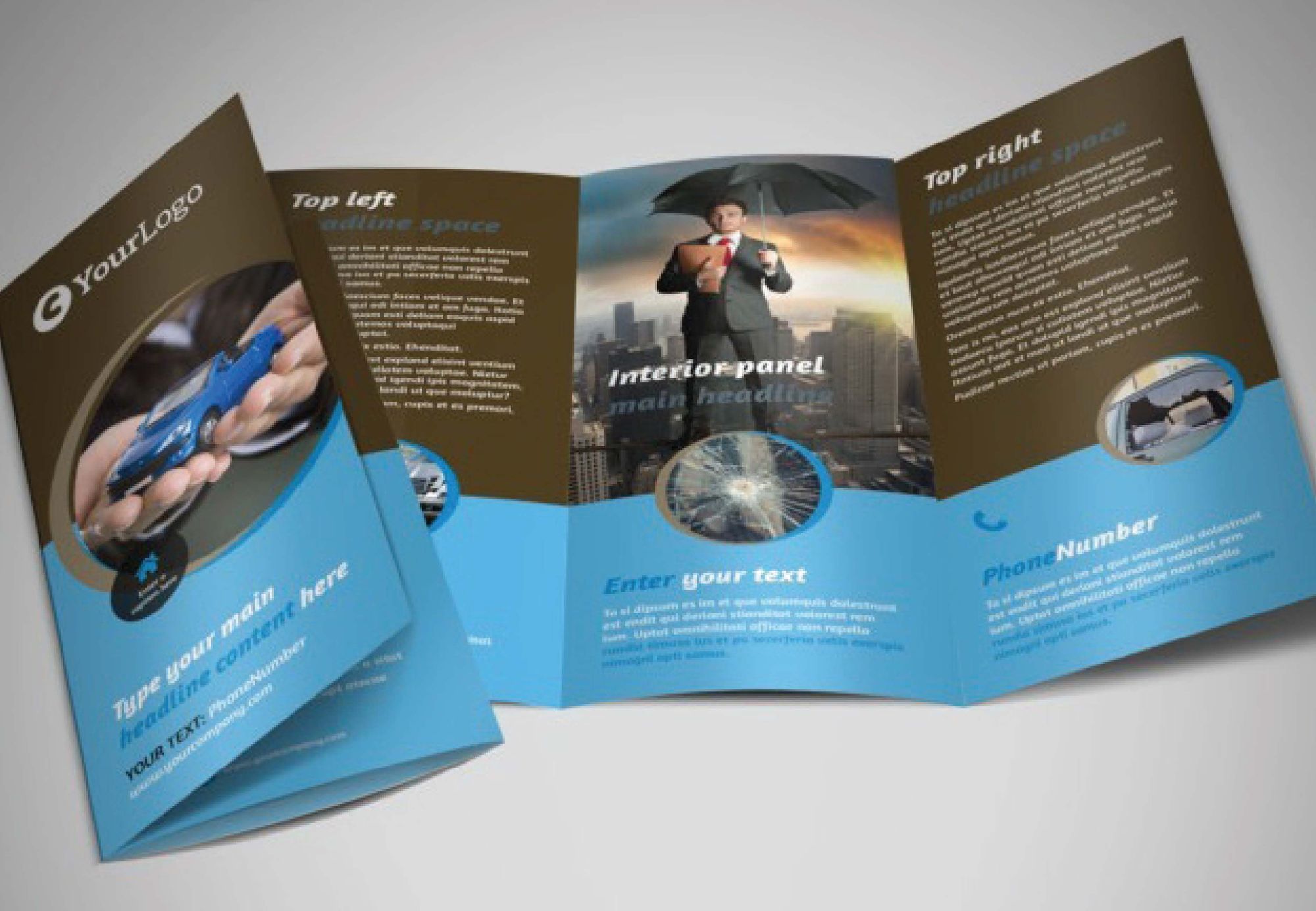Introduction to Brochures
The marketing world is diverse, yet brochures have remained a staple for businesses that want to connect with their audience on a more personal level. The value of a well-crafted brochure lies not just in the information it conveys but also in the tactile experience it provides. People still appreciate having something tangible to hold and read, which inherently establishes a deeper connection between the brand and the audience. Though digital platforms offer endless reach and interaction, handing someone a brochure can sometimes make all the difference by leaving a lasting impression.
Brochures are designed to cater to various marketing needs, from new product launches to detailed service offerings. Their ability to succinctly present key information makes them an indispensable tool in the marketer’s toolkit. As digital channels continue to expand, they complement digital marketing strategies by offering unique and memorable customer interactions, blending the dynamism of digital with the reliability of print.
Different Types of Brochures
Brochures come in various formats, each serving specific purposes based on the type of message and audience one wishes to target. In an age where digital marketing has become the norm, the protocol for brochure printing remains crucial for successful physical engagement. The diversity in formats allows for flexibility in how information is presented, ensuring the message is impactful and accessible. Three popular types are:
- Bi-fold: This classic style features two panels, making it perfect for businesses that prefer a straightforward approach to information dissemination. It’s often used for simple product adverts and corporate communications.
- Tri-fold: The most prevalent brochure type sports six panels, which are ideal for organizing information. Businesses commonly use this format across vast industries due to its structured layout, which is easy to follow.
- Z-fold: With its zigzag pattern, this fold makes for an engaging storytelling tool suitable for step-by-step guides, itineraries, or tutorials. The Z-fold unfolds each section like a narrative, guiding the reader more engagingly through the content.
Choosing the correct type of brochure is essential because it sets the tone for how the target audience perceives and absorbs the information. Each format brings its benefits, catering to different content and audience expectations.
Design Tips for Impactful Brochures
The art of designing brochures lies in creating visually compelling content while maintaining clarity and ease of understanding. To achieve an impactful design, consider the following tips:
- Color Scheme: Employing a consistent color scheme helps reinforce the brand identity and attract attention. The colors must appeal to the aesthetic sense and align with the brand message.
- Imagery: High-quality images are paramount. They draw the viewer’s eye and instill a sense of credibility and professionalism. Images should complement the text, not overshadow it.
- Layout: The brochure should be easy to navigate. A smooth flow guides the reader naturally from one section to another, ensuring that the information is absorbed coherently.
You might find Canvas design tips invaluable for exploring and enhancing your designs further. Creating a visually appealing brochure combines creativity and strategic thinking, aiming for aesthetic charm and functional clarity.
Strategic Distribution of Brochures
While the design of a brochure is important, its success also heavily relies on Hitler’s distribution. A strategic distribution approach can significantly amplify the company’s impact. Consider the following methods:
- Event Handouts: Distributing brochures at trade shows or business seminars helps directly engage potential customers, providing them with something to revisit later.
- Direct Mail Campaigns: Including brochures in mail campaigns can introduce an element of personalization, influencing customer decision-making at a more personal level.
- Strategic Placement: Placing brochures in high-traffic areas like waiting rooms, reception desks, or cafes can reach a wider audience who might have yet to seek out your services actively but can become interested in the spot.
The choice of distribution method should align with the overall marketing strategy, considering the target audience demographics and the nature of the product or service offered. By doing so, the brochures are more likely to land in the hands of those who can most benefit from what’s being offered.
Brochures in the Digital Age
In a digital-first world, brochures hold their ground by providing a sensory experience that digital media often need help replicating. The tactile feel of a pamphlet and vibrant visuals create an engaging experience that many consumers still appreciate. As businesses navigate the digital transformation, many have found that print and digital marketing coexist and complement one another.
Brochures can be integrated into digital campaigns by directing readers to a website or offering QR codes that link to digital content, thus bridging the gap between offline and online realms. Understanding how print materials fit into this digital ecosystem is crucial. This Forbes article on evolving direct mail strategies discusses the significance of this blend. Employing both mediums ensures that businesses can capitalize on the widespread reach of digital platforms while leveraging the personal touch of brochures.
Successful Brochure Campaigns
Numerous companies have achieved substantial success through well-planned brochure campaigns. Elements such as innovative design, strategic messaging, and meticulous distribution have proven crucial. For instance, a company launching a new eco-friendly product line might use brochures crafted from recycled paper to reinforce its message, distribute them at environmental events, and ensure they reflect the sustainability message through every page.
Looking at examples of successful campaigns, businesses can learn to fine-tune their strategies by incorporating creative ideas and executing them effectively based on gathered data and consumer feedback.
Measuring the Success of Brochure Marketing
To determine the efficacy of brochure campaigns, measuring their success using various metrics is essential. These can include:
- Response Rates: Identifying how many prospects followed through on calls to action can gauge interest levels.
- Customer Feedback: Gathering opinions from recipients can highlight the brochure’s strengths and weaknesses, leading to continuous improvement in design and content.
- Sales Conversions: Tracking those exposed to the brochure and subsequently converted into clients assists in understanding the brochure’s impact on the bottom line.
Interpreting these metrics allows businesses to optimize their brochure campaigns for better results, adjusting variables such as design elements, distribution strategies, and messaging to align better with consumer expectations and business objectives.
Conclusion
Despite rapid digital marketing technology advancements, brochures remain indispensable in marketing strategies. They effectively bridge the gap between the brand and its customers by offering informative content and engaging design, which is crucial in today’s market. By harnessing their unique attributes, businesses can successfully reach out to their audience, creating connections that are not only grounded in information but are also tactile and personal. This interplay of traditional and modern advertising methods ensures that brochures will remain a relevant and powerful tool in marketing.
Keep an eye for more latest news & updates on Forbeszine!




